Victoria’s spa towns get culinary cred
With their mineral springs and penchant for the good life the twin towns of Daylesford and Hepburn Springs have evolved into sophisticated resort destinations rich in culture and gastronomy.
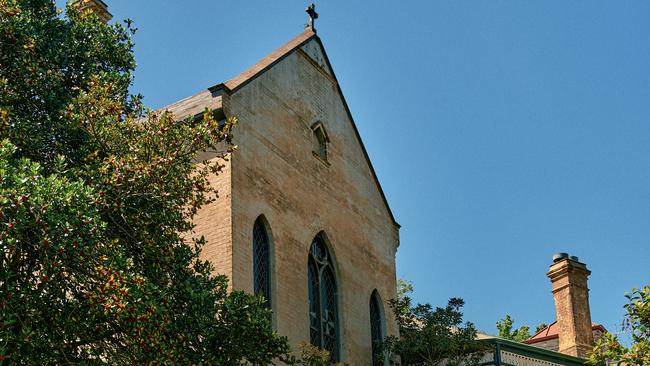
This article appeared in issue six of Travel + Luxury magazine. Explore the full edition.
“Old stones talk to me,” Carol White says as we stroll through her rambling, romantic property at Shepherds Flat, around 15 minutes’ drive north of the Victorian spa centre of Daylesford. Lavandula Swiss Italian Farm is a 40-hectare Eden of lavender fields, poplar avenues and olive groves, and a 120-seat cafe, La Trattoria, that serves pizzas and lavender scones, set amid expansive picnic lawns. At its heart is an 1860s stone and timber homestead built on Frying Pan Hill by one Aquilino Tinetti. The house is typical of the Ticino region, home to Swiss-Italian adventurers like Tinetti who flocked here during the 19th-century gold rush.
Shepherds Flat was a staging post for early settlers travelling between encampments at Eganstown and Daylesford. There was a post office, a dairy and an expert midwife (Tinetti’s wife Maria) for expectant mums who didn’t quite make it into town. The house, painstakingly restored by White after she bought the farm in 1989, has simple living spaces upstairs and a cellar below. It’s like a little mountain chalet set in a grove of ash, its thick walls of basalt and sandstone engraved with stories.
Similar houses lie in ruins across Victoria’s Central Highlands. Mementos of times past, they’re also clues to how the twin towns of Daylesford and Hepburn Springs evolved into Australia’s most sophisticated resort centre, and into a region rich in culture, gastronomy and architecture – a slice of la dolce vita far from the Italian peninsula. Visitors have long been drawn here by the mineral springs that bubble up from the bedrock of the Great Dividing Range. These healing waters were first discovered by the Dja Dja Wurrung clans, and later by the European émigrés who, alongside the Swiss-Italians, brought a distinctly continental flavour to the region. That heritage is most pronounced on Hepburn’s Main Street where Swiss and Italian flags flutter from telephone poles and guesthouses bear names like Villa Parma, Genoa and Bergamo. The faded stone facade of Australia’s first pasta factory stands directly across the road from the Savoia Hotel, once home to an Italian reading library, Lorenzo’s blacksmith, Giovanettina’s lemonade store and Faustino’s shoe shop.


About 3,000 Swiss-Italians stayed in the area after the gold rush, according to local caterer Gary Thomas. His ancestors, the Morgantis, were among them. Much of their heritage – the vineyards, the pasta-making – has been lost to time, but some traditions persist: gathering chestnuts from the avenue of trees at the town’s northern entrance, mushrooming in the forests and the autumn ritual of making bullboars, an endemic sausage that blends Italian tradition with spices brought by Chinese and English diggers to the goldfields.
Made with lean beef, fatty pork, garlic, lots of spice and red wine, it’s a delicious relic of Daylesford’s golden era. The old families still make a batch every autumn, but you can find them year round in local butchers (try the Daylesford Meat Company on Vincent Street). The attraction of this place for those first migrants was obvious, Thomas says. “Our entire lives we were told that the landscapes here reminded them of home. Daylesford’s like a little version of Lake Como. If you squint your eyes, I can see why it would sort of resonate, and perhaps why they might stay.”
Its natural beauty is still the region’s greatest asset. Closely followed by the trinity of pioneering women who, each in her own way, have helped shape the modern character of Daylesford and Hepburn Springs. White is the custodian of heritage, promoting and preserving the European roots of the region at Lavandula. Tina Banitska, who bought and transformed the derelict Holy Cross Convent on the slopes of Wombat Hill into an art gallery, cafe-bar and glorious gardens, is the custodian of culture. For more than 30 years she has nurtured and encouraged artists – she currently has around 200 on show – and boosted Daylesford’s bohemian streak at Convent Gallery.
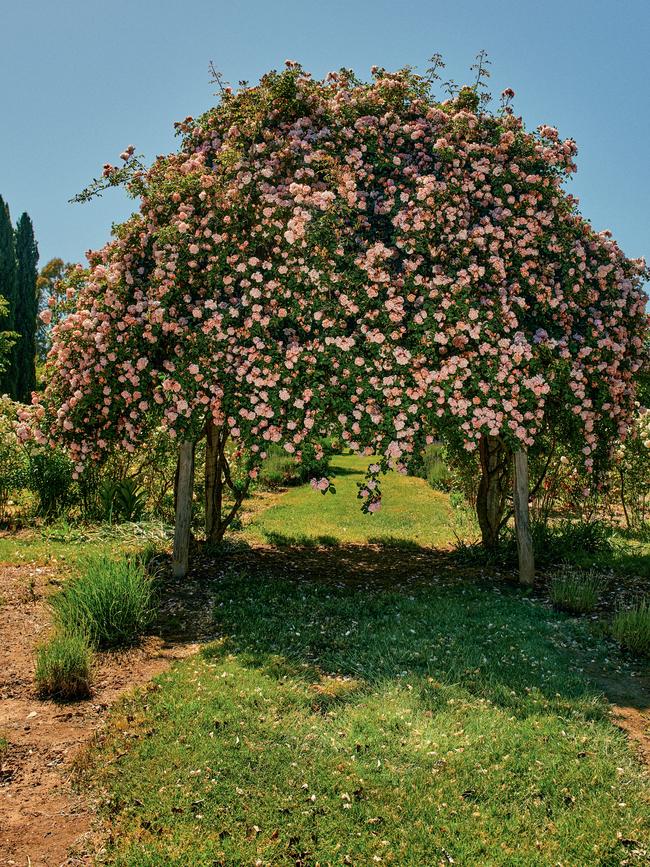
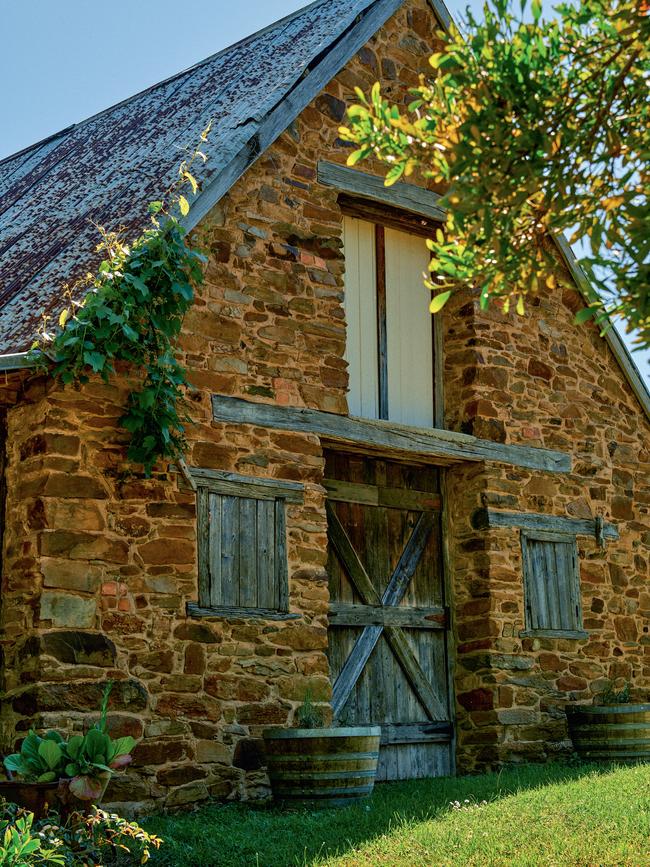
And Alla Wolf-Tasker is the queen of gastronomy and food production. Her Russian émigré parents bought a dacha (actually an old miner’s cottage) here in the 1960s. Each weekend her family and others would gather to share food – “it was always about the food” – and take the waters. In 1979 she and her husband, Allan, bought a plot of land beside the lake, then spent four years labouring at weekends to build their first 45-seat restaurant. They called it Lake House. It took tremendous vision and courage to create what has since become one of Australia’s most celebrated destination restaurants.
Forty years ago, Daylesford was nothing like the prosperous, enticing country town of today. “The main street only had eight shops that were still functioning,” Wolf-Tasker recalls. “I would come back from France with all these ideas for sommeliers and European hotels and valet parking, but what I had was this paddock covered in blackberries and gorse and no local staff at all. And a denuded little town that was really down at heel.” (I can vouch for this. I grew up 20 minutes down the road at Guildford and played interschool sports against Daylesford High, renowned as one of the roughest schools around. Back then it was a hardscrabble town of textile-mill workers.)
Lake House has mirrored – and in many ways led – the district’s gentrification. It has prospered over the years to now include a lakefront luxury hotel of 35 rooms, suites and villas, a woodland spa and that impeccable restaurant. Lunch here on a recent sun-drenched Sunday, Lake Daylesford shimmering blue beyond the catalpa-scented deck, begins with a glass of Macedon Ranges sparkling rosé and three amuse-bouches including a stunning surf-and-turf tart of lobster, espelette pepper and lardo. The 42-page wine list is formidable – in every sense of the word – but staff offer excellent navigational advice and there are stellar choices by the glass. The four-course menu showcases intensely local produce as well as moments of unbridled luxury, such as the bowl of sushi rice laced with seaweed, tempura shungriku, or chrysanthemum, and nuggets of Fraser Island spanner crab.

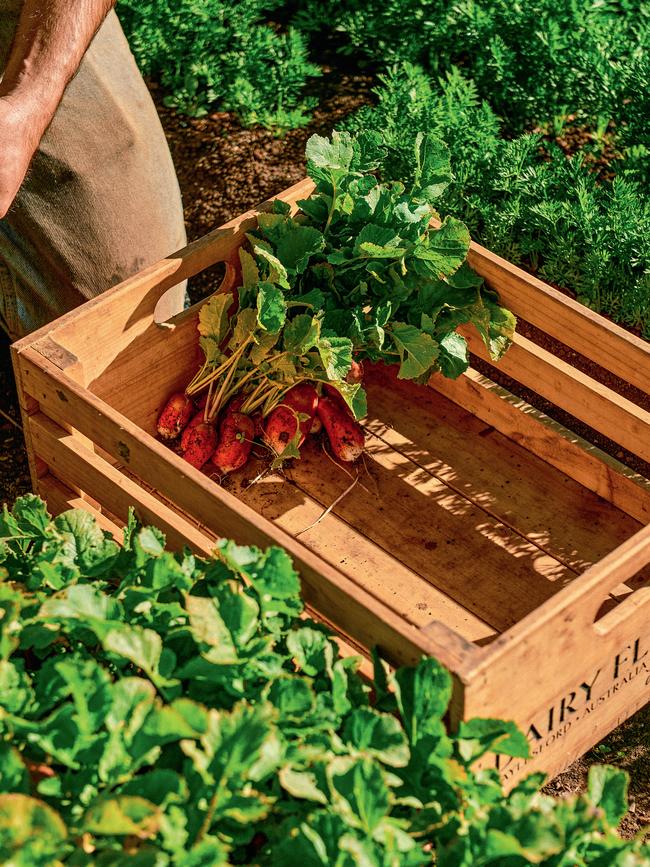
Lake House is more than a restaurant now. Wolf-Tasker’s lifetime ambition to realise the potential of this land has created an ecosystem of committed producers who eke out everything possible from its fertile volcanic soils. She has, for decades, championed the seasonal, sustainable and local, nurturing start-up farmers to supply the restaurant and, later, the hotel. But a couple of years back she decided it was time to “walk the walk, rather than just talking the talk”. So the Wolf-Tasker family created Dairy Flat Farm, a 15-hectare estate that supplies the bulk of Lake House’s vegetables, fruits and flowers. This “mad project” (Alla’s words) has a flamboyant six-suite lodge – almost a folly, which seems apt – at the end of a silver-birch avenue. Its regenerative farm includes chardonnay and pinot vines, a 350-tree orchard, olive grove, vegetable plots and flower beds, and a bakery supplying oven-warm sourdough breads and pastries to Lake House, Wombat Hill Café and lodge guests.
“I can’t think of another country town in Australia where eating and drinking well is such an obsession.”
“We didn’t want to rest on our laurels,” Wolf-Tasker jokes of her rather grand agriturismo, where guests are fed handsomely from the farm and bakery and watered from the house bar. Rich in art and design, it’s a refined gathering place for friends and family with resident concierge, exquisite gardens and a menagerie including guinea fowl and alpacas.
I only have one, memorable night at Dairy Flat. The rest of my time is spent at Bellinzona, a labyrinthine, 43-room guesthouse at Hepburn Springs opened by Swiss-Italians in 1902. Fresh from a months-long renovation, its charcoal woodwork, monochrome Axminster carpets and luxe touches such as ormolu mirrors and soft-leather seating – plus lovely terraced gardens – feel very smart, but the vibe is relaxed and comfortable. And the location, on Hepburn’s Main Road, is super-handy for local touring. Most visitors come to soak in mineral waters or spend days berobed at spas, so I dutifully book in at the serene Shizuka Ryokan for a “geisha facial” that involves nightingale droppings. But most often I come here to experience what I think of as the Wolf-Tasker (and the Swiss-Italian) legacy: the exceptional gastronomy. I can’t think of another country town in Australia where eating and drinking well is such an obsession.

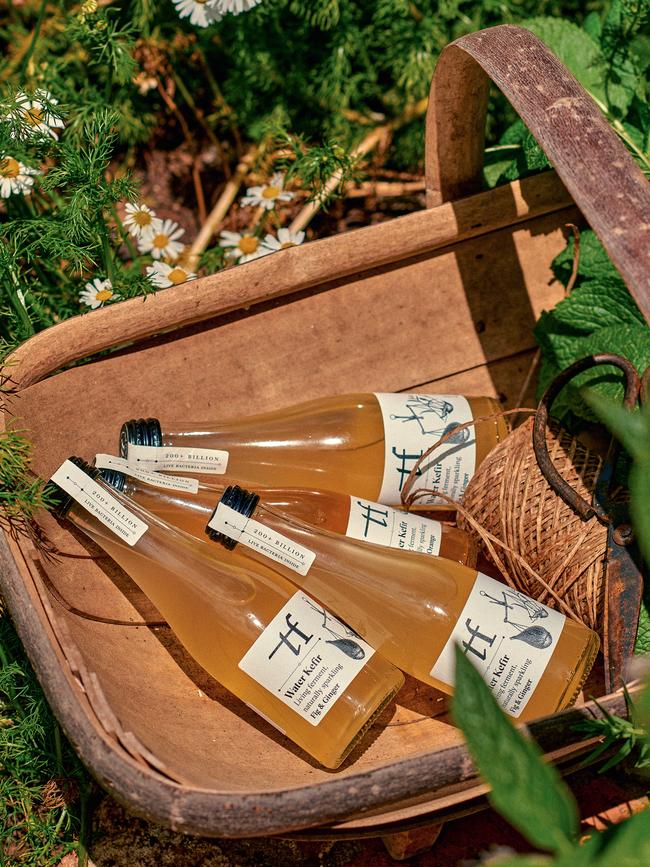
Options include enthusiastic newcomers Andy Ainsworth and Clare O’Flynn, who moved here in the depths of Victoria’s 2020 lockdowns and late last year opened Bar Merenda, their take on a hyper-regional European bar. Drawing on his experiences in Europe (Brawn in London) and Sydney (10 William St), Ainsworth has compiled a “very personal” drinks list complemented by unpretentious plates of whatever’s good from their Sailors Hill farm and local producers, and Ainsworth’s daily sourdough focaccia and terrines.
Further up the main street, Beppe is another newcomer by the owners of Daylesford’s favourite brunch spot, Cliffy’s Emporium. Samantha Mackley and Liam Thornycroft opened this lively trattoria last year in a gold rush-era hotel. Beppe is a smart-casual bar and restaurant with heritage fittings and striking portraits of early Swiss-Italians by local artist Kim Barter. In the kitchen, chef Giovanni Da Rin Betta keeps things authentic with house-made pastas (the tagliolini with baby octopus and chilli is terrific) and a roaring trade in pizze. The menu’s full of temptations – “It’s basically a list of everything I love to eat,” says Mackley – while drinks range from Spritzes and Negroni Sbagliato to a big selection of the best Victorian and Italian wines.
As I said, there’s a whole ecosystem here. It’s not just restaurants. It’s winemaker Owen Latta and his wife, Jen Latta, who run Winespeake Cellar and Deli, Victoria’s most impressive country bottle shop. And it’s Sharon Flynn at Fermentary for everything pickled and fermented (think kefir, kimchi and miso). And Dave Gill and Jessica Holmes at Daylesford Brewing Co, who are “putting the ale back into Daylesford”. There were once 400 pubs between Eganstown and Daylesford, Gill says, so it made sense to revive the region’s lost art of brewing beer – but this time make it fancy. Holmes’s interiors at the Daylesford Brewing Taphouse, all arches and sheafs of grains, evoke a Roman harvest scene tinted gold in the afternoon sun. Gill’s brews include a plum sour spiced with ginger, coriander and clove, though lager, golden ale, IPA and porter are the staples. Best enjoyed with chef Kylie Himmerman’s drinks-friendly snacks such as twice-cooked lamb ribs and pepperberry pâté made with the house porter.
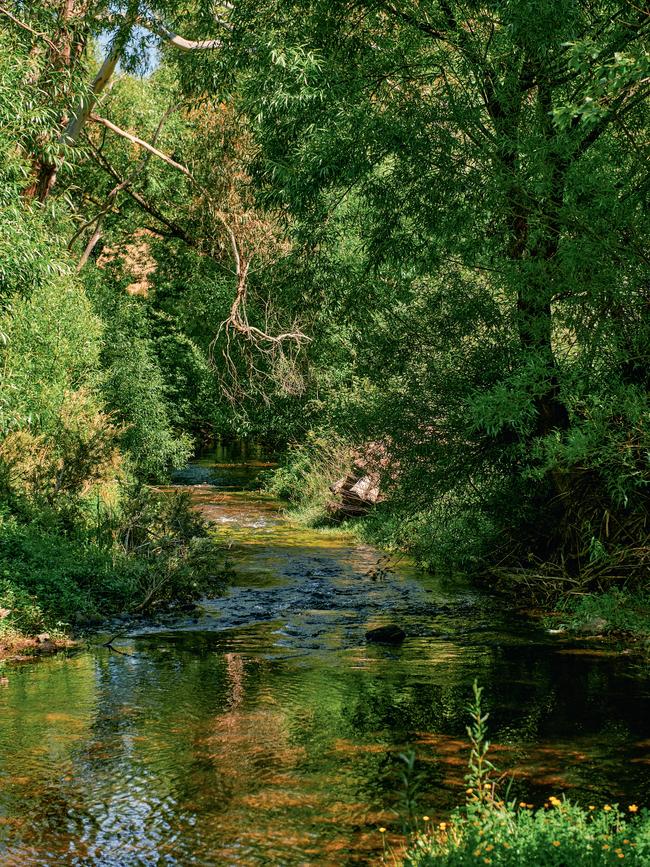
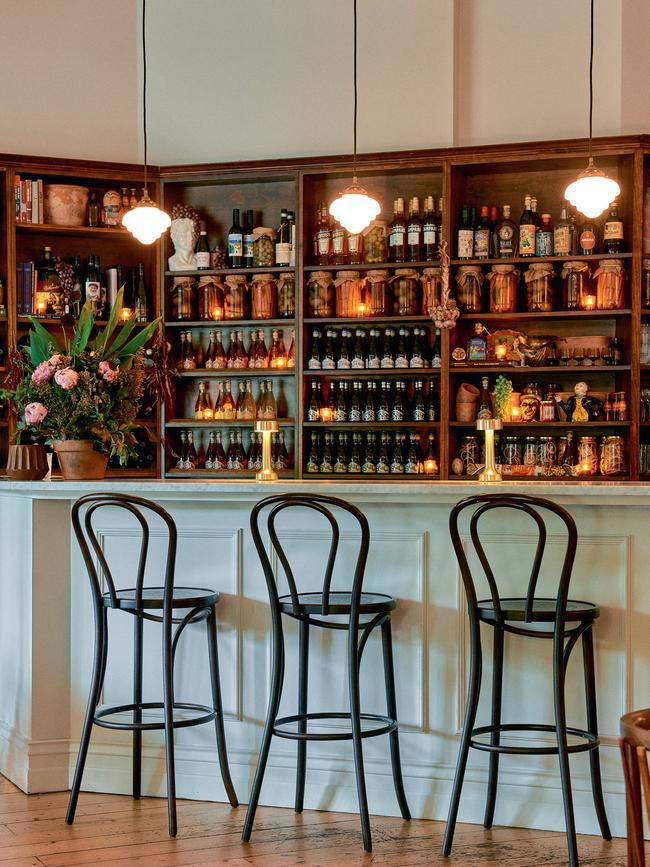
The most local thing about Daylesford restaurant Kadota is chef Aaron Schembri, who grew up in town before he fell under the spell of Japan. It was there he learned to cook, with the three-starred Osaka chef Hajime Yoneda, and met his partner Risa Kadota. Last year Schembri and Kadota opened their singular restaurant on central Camp Street. It’s nicely decorated with walls of charred timber and lotus-root light-shades but most attention is on the couple’s omotenashi aesthetic – meaning honest food and honest service.
More thought and precision have gone into each dish, each ingredient, than many diners appreciate. Like the way Schembri plates his steamed Murray cod dish to alternate between savoury and sweet mouthfuls. Or the emotional journey of a sensational chawan mushi, Japan’s warm savoury custard, of Crystal Bay prawn, braised shiitake and red miso. Schembri and Kadota, like many of the innovative locals I meet, are young – barely in their 30s, I’d guess. They’re the vibrant future of this place, the next generation of standard bearers after the Swiss-Italians and the pioneering women. Schembri says Daylesford has evolved and advanced so much even in his short lifetime. And he’s quite clear about who’s driven that change. Alla Wolf-Tasker is, he says, “the best thing to happen to this place since the gold rush”.
The writer travelled as a guest of Visit Victoria.



To join the conversation, please log in. Don't have an account? Register
Join the conversation, you are commenting as Logout